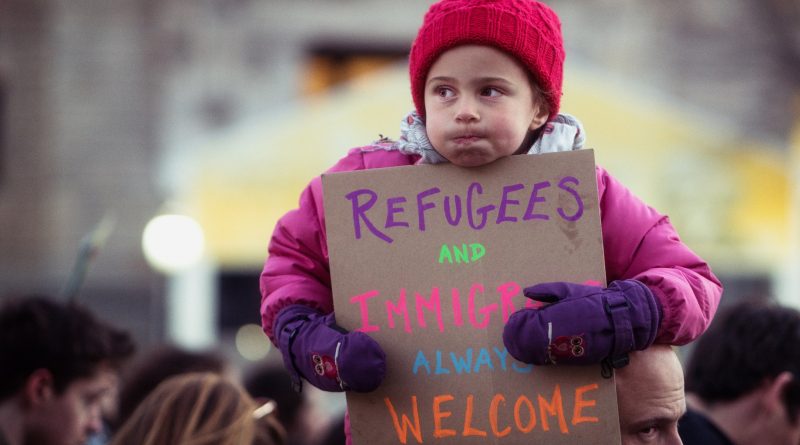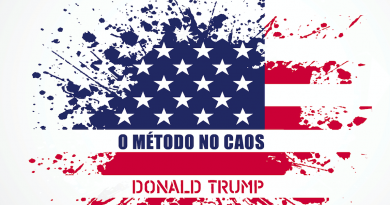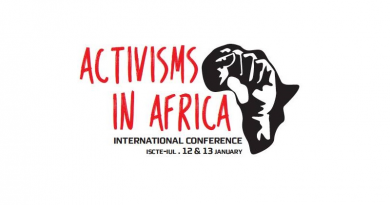‘We Don’t Want Them Here’: The U.S. Travel Ban
On January 27, President Donald Trump signed an executive order entitled “Protecting the Nation from Foreign Terrorist Entry in the United States”, affecting approximately 134 million people. According to the order, all refugee admissions would be frozen for 120 days, with the entry of Syrian nationals being indefinitely suspended. The admission of immigrants and non-immigrants from Iran, Syria, Sudan, Iraq, Libya, Yemen, and Somalia was suspended for 90 days.
The ban was applicable not only to people born in those countries, as entry in the U.S. was also forbidden to individuals whose dual citizenship includes one of those countries, and eventually to people with family background in one of the aforesaid nations. It was given leeway to Homeland Security regarding the prioritization of refugee claims on the basis of religious persecution for religious minorities in their country of origin, which are, in all cases, Muslim-majority countries. Consequently, despite denials of such by the President, the directive has been called a ‘Muslim Ban’.
A Campaign Resolution
President Obama had already put into place travel restrictions for the aforementioned countries back in late 2015 and early 2016 (the Terrorist Travel Prevention Act), due to them being identified as harbors for terrorist groups. However, the Act only affected the visa waiver program, making Trump’s executive order much broader. As the White House Press Secretary Sean Spicer made clear, the previous law was the basis for the ban.
Shortly after the San Bernardino shootings on December 2 2015, Donald Trump called for a total shutdown of Muslims entering the US for an indeterminate length of time, using their “great hate towards Americans” as a justification for such a claim. Now, as the President of the United States, Trump looked to turn that resolution into policy, explaining that the U.S. should not admit into the country the very threats their soldiers are fighting overseas.
Chaos and Confusion
Contrarily to Trump’s claims that the travel ban was “working out very nicely”, the U.S. President’s move resulted in turmoil, as Administration officials in the airports struggled to grasp Washington’s new policy. Protests against the executive order swept the world, as millions of people voiced their discontent. World leaders and human rights groups criticized the immigration ban, as refugees and U.S. permanent residents from the Muslim nations were detained at airports. Ann M. Donnelly, a New York federal judge, quickly blocked part of the executive order, and other legal actions, pursued by detained travelers, and federal courts in the states of Virginia, Washington, and Minnesota, ensued. U.S. Attorney General Sally Yates was fired by Donald Trump after refusing to defend in court the refugee and immigration ban. As a result, on January 29, Donald Trump backed down, allowing green card holders from the Muslim-majority countries to enter the United States.
Checks and Balances
On February 3, Seattle District Court Judge James Robart issued a nationwide temporary block on Trump’s executive order and, within hours, airlines began allowing passengers from the barred countries. Later that day, the White House released a statement declaring that the President would pursue an emergency stay against the ruling, describing Trump’s directive as “lawful and appropriate”. Two days later, however, the request was rejected, meaning that, for now, the suspension will remain in place. The Trump Administration reacted by saying that they will use “every legal means” to reinstate the executive order.
On February 9, a panel of three judges in the Ninth Circuit Courts of Appeals unanimously ruled against reinstating the travel ban, claiming that there was no evidence that the directive would accomplish its objectives. The court also stated that, regardless of Trump’s claims that the judicial system is powerless to check the President’s national security assessments, the federal judiciary retained “the authority to adjudicate constitutional challenges to executive action”. Following the President’s outrage, an appeal to the Supreme Court is expected to take place.
Conclusions
Human rights organizations and activists have harshly condemned Trump’s executive order, equating it to officially sanctioned Muslim oppression, and explained that it would do nothing to make America safer. Those claims are difficult to deny. According to the Cato Institute, a prominent American think tank, since 1975 there have been zero fatal terror attacks on U.S. soil, conducted by immigrants from the countries targeted by Donald Trump. In spite of this, the executive order attributes the terrorist attacks of September 11, 2001 to a lack of proper scrutinization of visa applications, although no mention was made of Saudi Arabia, the home nation of 15 of the 19 hijackers. That fact is particularly interesting since, as a former ethics adviser of Barack Obama was quick to point out, unlike in the latter country, the Trump Organization has no business interests in any of the seven banned nations. The Cato institute also calculated the annual odds of an American being killed in a refugee-led terrorist attack to be of 1 in 3.6 billion. Conversely, Muslim associations have warned that the directive could reinforce the rhetoric of extremist groups that the U.S. is at war with Islam. It is also essential to remember the effects of the executive order on Muslims living currently in the U.S., which are arguably the biggest victims of Islamic terrorism: in Texas, shortly after Trump’s announcement, a mosque burned to the ground.
Donald Trump appears to be eager on making good of his campaign promises, but as polls show, his approval ratings are historically low. The problems during the implementation of the executive order could also be a reflection of the scarce government experience of his officials, who seemed confused regarding the scope of the new policy. Additionally, Homeland Security was left making a legal examination on the directive after the President signed it, contributing to the chaos. However, while there are plenty of causes for concern regarding the new Presidency, the latest developments have showed that the checks and balances in the American political system can, in fact, work.
One of many protests against President Trump's executive orders. Photo by Lorie Shaull / CC BY-SA 2.0
![]() This work is licensed under a Creative Commons Attribution-NonCommercial-ShareAlike 4.0 International License.
This work is licensed under a Creative Commons Attribution-NonCommercial-ShareAlike 4.0 International License.




